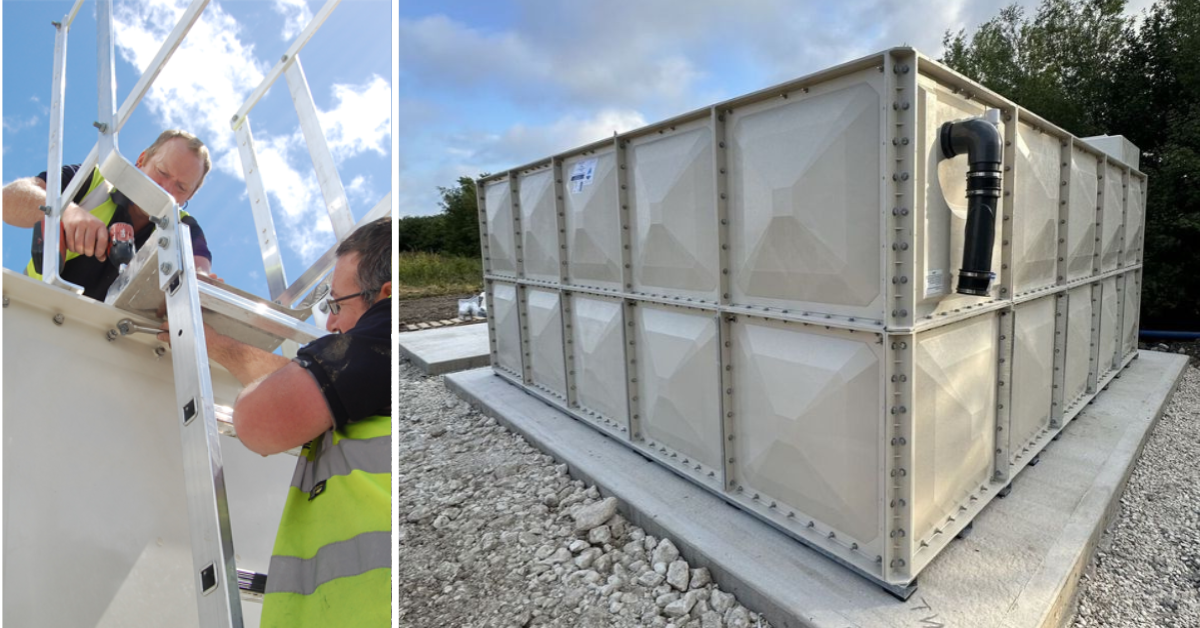
How To Install Water Storage Tanks
Home » How to Install Water Storage Tanks

Water storage tanks are ideal for storing a substantial volume of water required for various purposes in domestic or commercial settings. Customers might know what they want to use the water storage tank for but need to be made aware of the process of installing them. This article will first highlight important factors buyers must consider before making a purchase and then discuss how to install a water storage tank.
Factors to consider before buying water storage tanks
TANK Size and Capacity
Understanding the water capacity requirements and ideal tank size for residential or commercial settings is important to consider. For buyers with a substantial piece of land used for growing crops commercially and demand a large volume of water to be stored for irrigation, they need a larger tank compared to a buyer that is looking to store drinking water.
- One-Piece Tanks – our water storage tanks come in sizes ranging from the TK 10 with a 45litre capacity to the new 6,000litre capacity water tanks for sale. One piece water tanks can be custom designed based on a customer’s specific site requirements and tank capacity needs.
- Sectional Water Tanks – the size depends on the type of sectional water tank chosen from the wide selection available from internally flanged base tanks to true totally internally flanged tanks. Standard and custom moulded tanks can be assembled to meet a variety of capacity requirements, ranging from 1000 litres to over 4 million litres of water storage
- Fire Sprinkler Tanks – tank capacity ranges from 5m3 to 1300m3. There are strict regulations enforced that organisations have to abide by for fire safety purposes. This is the same for the protection systems and parts used to manufacture fire sprinkler tanks. Our reliable sprinkler tanks are sought by commercial businesses and municipalities to ensure there is emergency water available to combat any fire breakout.
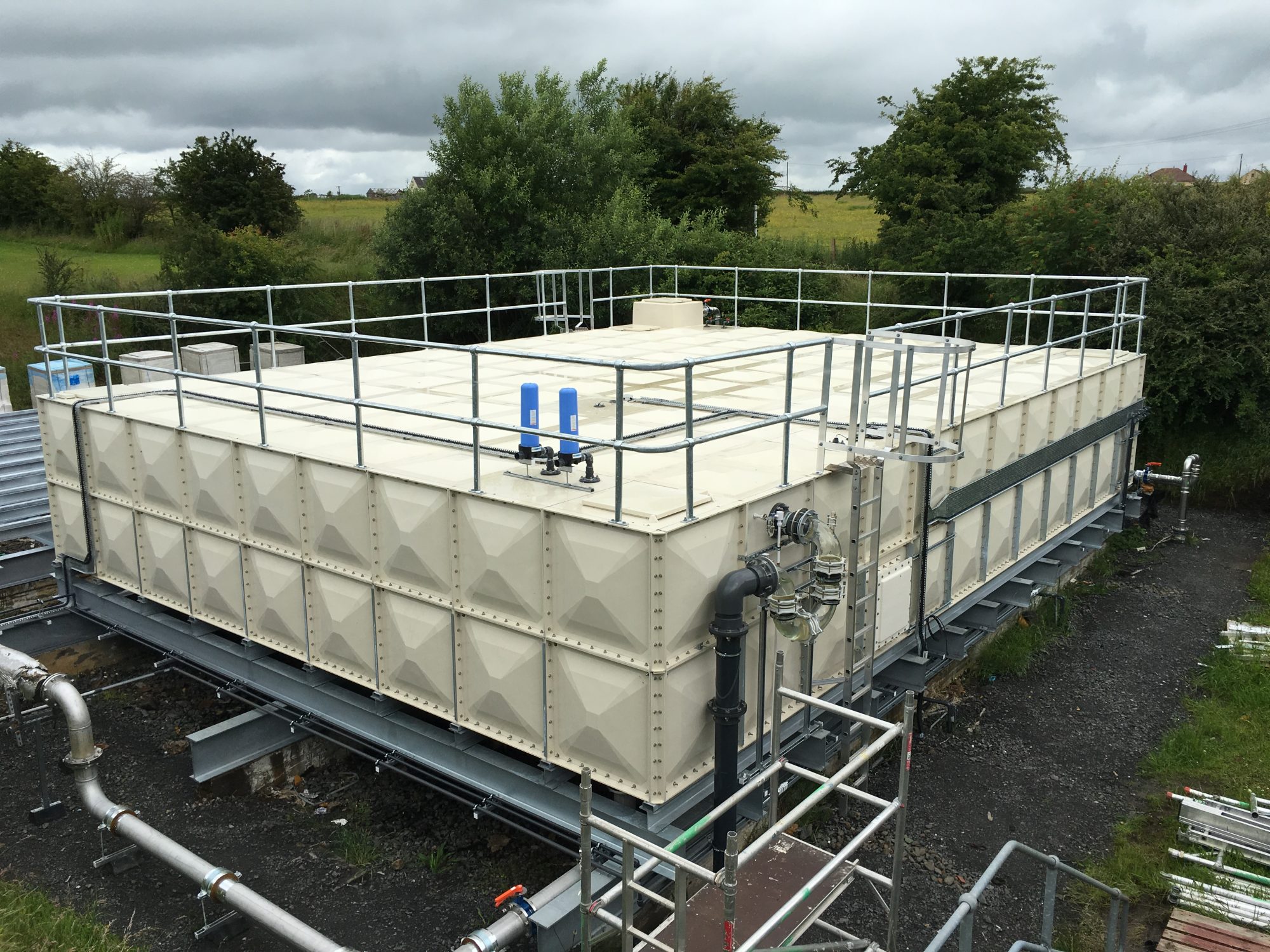
Material
The performance and longevity of water storage tanks depends on the type of material used to construct them. Each material will have its own life span. Water tanks are commonly made using fiberglass, plastic (polyethylene), concrete, steel, and even recycled materials. Customers have to ensure that the material chosen is appropriate for the site in which the tank will be located and whether it will last.
Generally the durability of a water storage tank can be measured by the type of material used to make it. Therefore knowing the tank material is essential in making the right purchasing decision. The water storage tanks needs to be strong and secure to withstand any temperature fluctuations and resist corrosion.
Our water storage tanks come standard (uninsulated) or they can be insulated using CFC – free polyurethane foam which is safer for the environment. Importantly, this insulation reduces the risk of tanks splitting, cracking or freezing in winter and assists in keeping the water temperature low during the summer time.
Location
A vital factor to keep in mind when deciding on the right water storage solution is the site. Client’s need to have full knowledge on where the water tank will be located and how easily it can be accessed in the event that it requires maintenance. There are key points to remember regarding the location of the water storage tank:
- The tanks should not be located in a position where a leak can result in water damage.
- Avoid installing water tanks above any weak/unstable areas.
- Drip trays or condensation trays should be considered to prevent avoidable damage and they ensure floors are dry.
- The local building codes and regulations should be adhered to including any fire safety regulations.
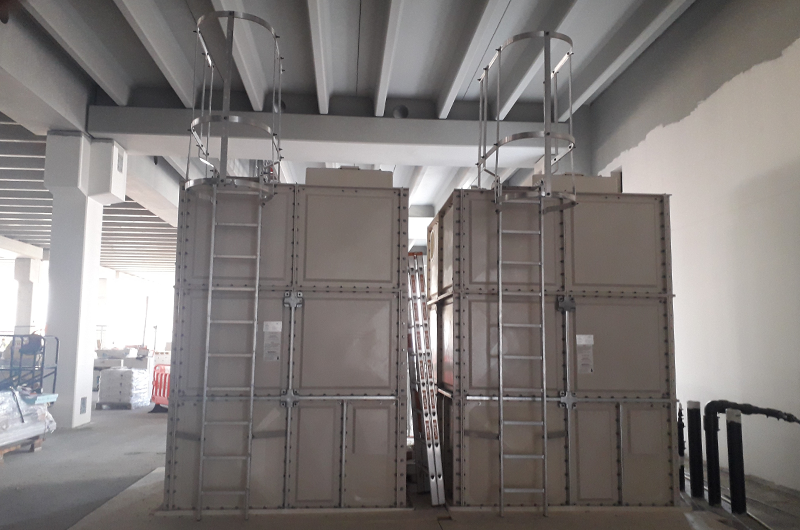
Price
This is usually the deciding factor for many customers. However, it should not be the only aspect considered when investing in a water storage tank. There are many factors that affect the price of a water tank including the size, capacity and material.
Ideally customers want a high quality tank that is durable and will not need replacing for many years. Most importantly, the water tank should be suitable for the space and purpose it is intended.
Additional features can influence the amount customers have to pay. These features generally provide customers with an added benefit and convenience. This normally results in a price increase for example ensuring the water storage tank is insulated keeping it at a consistent temperature. Tricel has been a manufacturer and supplier of water storage tanks since 1973, offering a wide range of grp cold water storage tanks.
Purchasing a water storage tank requires customers to carefully consider several factors that are of equal importance, including size and capacity, material, and location. Thoroughly evaluating these factors before making a purchase ensures that clients get the ideal tank to meet their water storage needs. With the help of the information provided in this blog, customers can be in a position to make a well informed decision when purchasing the right water storage tank for their residential premises or business.
How to install a water storage tank
Water tank installation begins with thorough planning and preparation. Here’s a step-by-step guide on how to install a water tank effectively.
1. asses Site
The first step is to select an appropriate location for the water storage tank. The ground on which the water tank is installed has to be assessed including the space it will occupy if it is installed inside a building or basement. Additionally, the ground has to be level, solid and capable of supporting the full weight of the water storage tank.
It is also essential for the installation crew to evaluate whether there are any other potential dangers, such as the water storage tank being installed close to a power line or any hazardous materials that could potentially contaminate the water supply. Underground obstacles also have to be accounted for including water pipes. If these obstacles are not picked out before the installation begins it can cause delays in the installation project.
2. Build A Tank base
Once the site assessment is carried out the installation crew will go forward preparing the tank base. Generally two types of bases can be used for water storage tanks; a concrete base must be larger than the water storage tank’s base dimensions. The other base is compacted material which should be free from any rocks or stones and the outside of the base needs to be supported by a holding wall to reduces any chance of erosion.
For both base types levelling the surface before setting up the tank is essential. This ensures that the water storage tank is safely secured after installation.
3. Connect pipes and valves
After the base is constructed, the required pipes for filling and draining the water storage tank installation can start being connected, including any valves and fittings. The manufacturer’s instructions have to be followed thoroughly to ensure that all components work. When this is followed, the installation crew has to make it a priority to double-check all joints and connection points to make certain they are secured with nuts and bolts.
This reduces the risk of leakages or damages from high-pressure levels or severe temperatures. An overflow drainage pipe has to be in place to prevent any excess water from leaking and damaging the tank base. This overflow drainage creates a way for the water to escape.
4. Connect to the water source
The last step is filling the water storage tank with clean water from a municipal supply or another water source available at the location of the water tank. The valve settings have to be monitored in case there are any adjustments to be made. The atmospheric pressure inside the tank is an important metric to observe as there are cases in which the change is extreme which leads to tanks bursting due to the high internal pressure.
Any airtight lids provided with the tank have to be securely attached to stop any animals or insects from entering the water storage tank. Guardrails can be installed and all access points around the water storage tank can be locked securely to prevent any incidents of people falling into them.
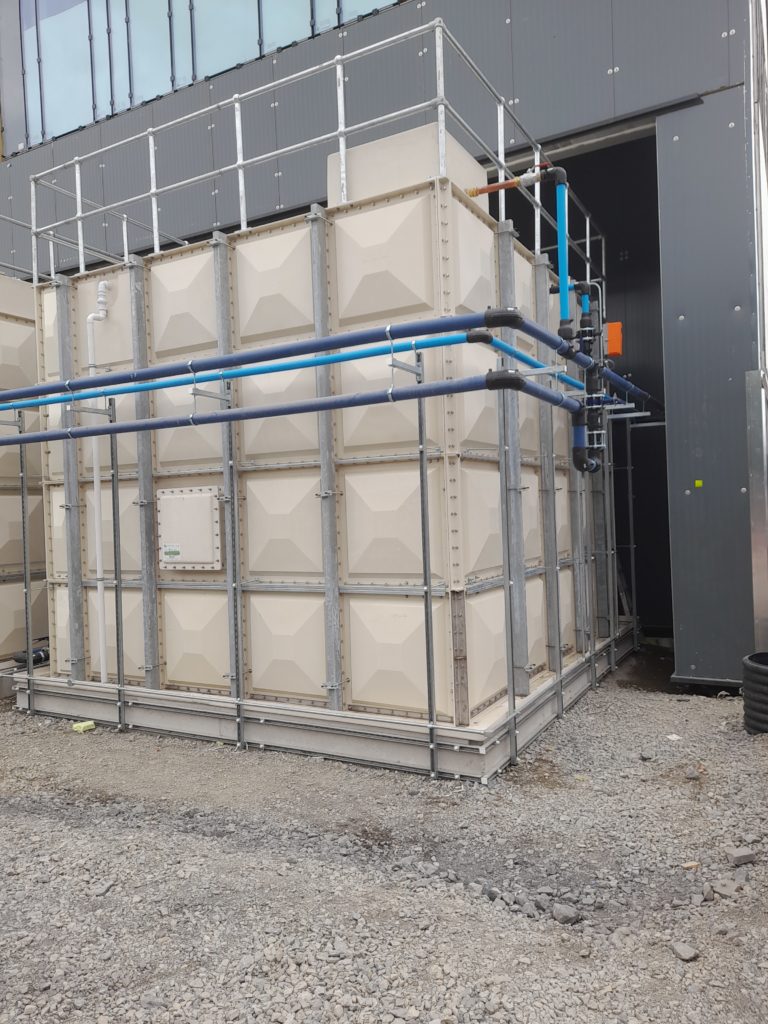
Installing a water storage tank can be simple when the proper steps and planning are taken beforehand. All the aspects required for a successful water tank installation must be evaluated, including the site conditions and the parts needed. It is vital to double-check all components before and after the water storage tank installation. This can save time and money in the future from having to carry out system maintenance and corrections to the tank construction.
FAQs
Firstly consider:
- Tank size and capacity based on your water usage needs.
- Material (e.g., fiberglass, plastic, steel) for durability and site suitability.
- Location and whether insulation is needed for temperature control.
Site preparation includes:
- Ensuring a level and stable base (concrete or compacted hardcore).
- Checking for adequate drainage to prevent water pooling.
- Making sure the site is easily accessible for delivery and maintenance.
The basic steps are:
- Positioning the tank on a prepared base.
- Connecting inlet, outlet, overflow, and vent pipes.
- Securing the tank and checking for leaks.
- Testing the system before full operation.
While small tanks can be DIY-installed, larger or sectional tanks often require professional installation to ensure compliance with safety and building regulations.
Regular maintenance includes:
- Inspecting for cracks, leaks, or corrosion.
- Cleaning the interior periodically to prevent contamination.
- Checking fittings and valves for proper function.
Read More...
- Cold Water Storage Tanks
- Case Studies
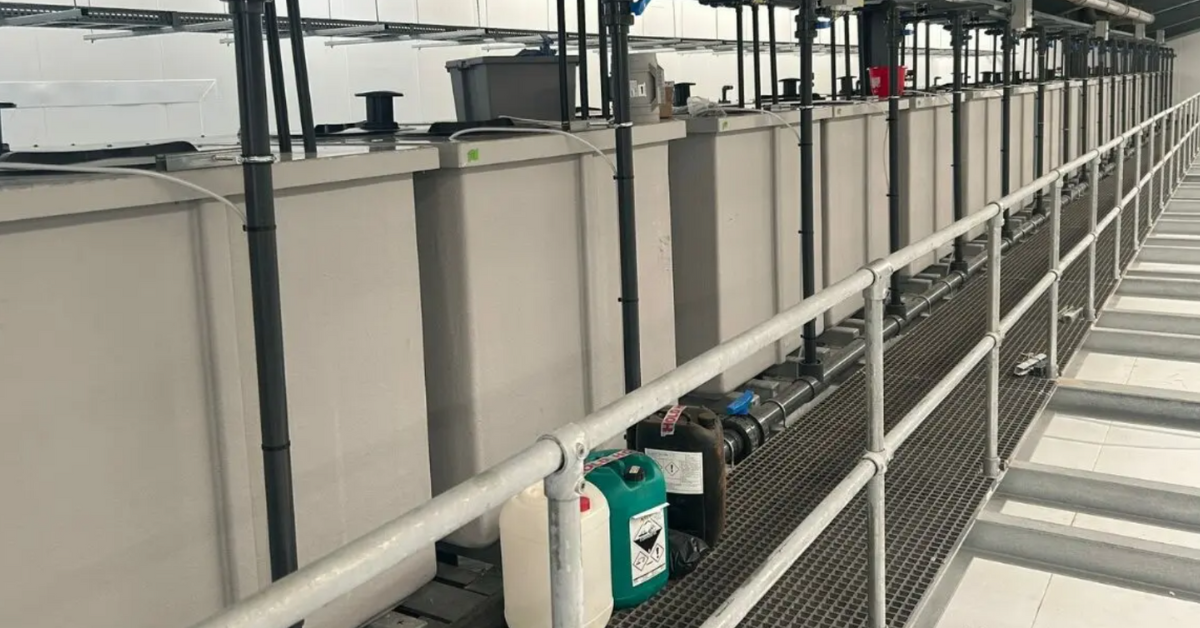
50 custom one piece water tanks
Tricel Water designed, manufactured, and installed 50 bespoke WRAS-approved GRP water storage tanks for J. Pao & Co. Ltd, ensuring hygienic, durable, and efficient water storage tailored to food industry needs.

What is a GRP Tank?
Tricel's GRP (Glass Reinforced Plastic) water tanks offer robust and versatile solutions for various applications. Manufactured using advanced Sheet Moulding Compound (SMC) technology, these tanks provide exceptional strength, corrosion resistance, and longevity. With capacities ranging from 43 litres to over 4.6 million litres, Tricel's GRP tanks are suitable for domestic, commercial, and industrial needs.
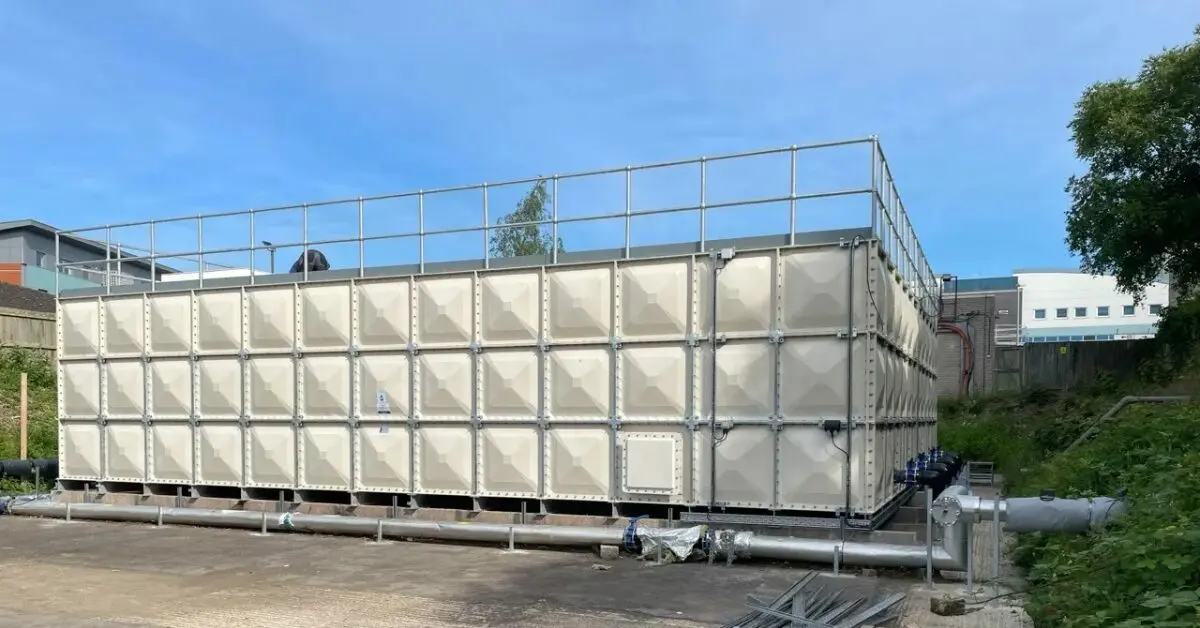
Cold Water Storage Tank Regulations in Ireland: What You Need to Know
Understand the key regulations for cold water storage tanks in Ireland. From hygiene to safety compliance, learn how Tricel solutions help you meet standards with reliable, certified tank options.
